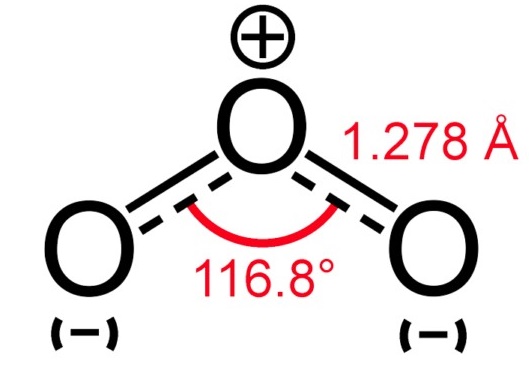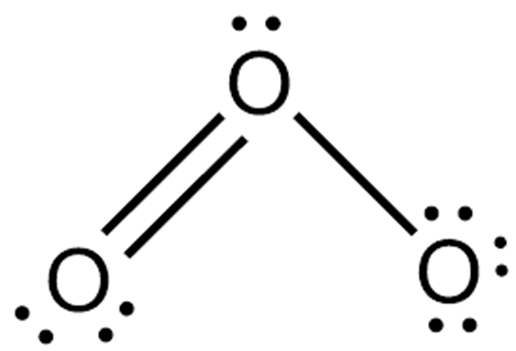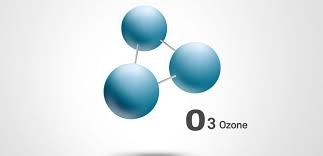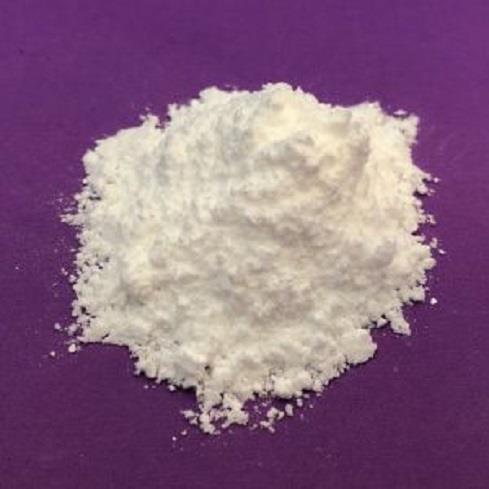Health hazard of Ozone
Ozone (O 3 ) is a naturally occurring, highly unstable colorless gas with an odor that can be detected at the end of a rainstorm. Chemical synthesis is possible via in situ introduction of ionizing radiation or intense electrical discharges through air (reacts with O 2 ), though ozone rapidly reverts back to O 2 plus O – at ambient temperature (IOM, 2003). Ozone was originally used to decontaminate municipal water supplies in nineteenth century Europe (Sopher, Graham, Rice, & Strasser, 2002) . Ozone has an oxidation capacity of 2.07 eV, and is active against gram-negative and -positive bacteria, fungi, viruses, and spores (Muthukumarappan, Halaweish, & Naidu, 2000 ; Sopher et al., 2002) .
Health hazard
Ozone is a strong oxidizer which may irritate eyes and skin and other mucous membranes or impair respiratory tract or cardiovascular function (Smith & Hong-Shum, 2003) . Very low levels (as low as 0.1 ppm) are sufficient to induce uncomfortable side effects in humans; at 1 ppm concentrations, humans begin to encounter temporary and reversible headaches and eye irritation, while exposure to ≥50 ppm may result in death (Masaki, 1986 ; Muthukumarappan et al., 2000 ; Smith & Hong-Shum, 2003) .
Applications
Aqueous ozone may be applied as a wash or rinse to decontaminate meat and poultry products. Like many oxidizers, ozone is less effective in the presence of proteins or other organic materials and approved levels of ozone have not been successful as antimicrobial interventions for meat products.
);




